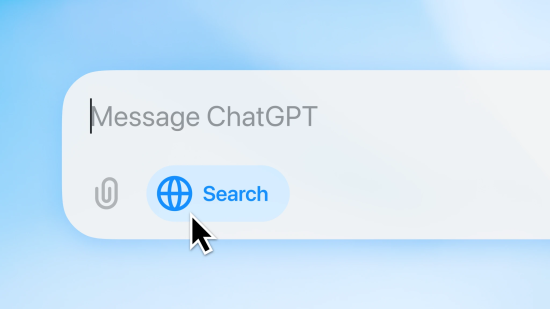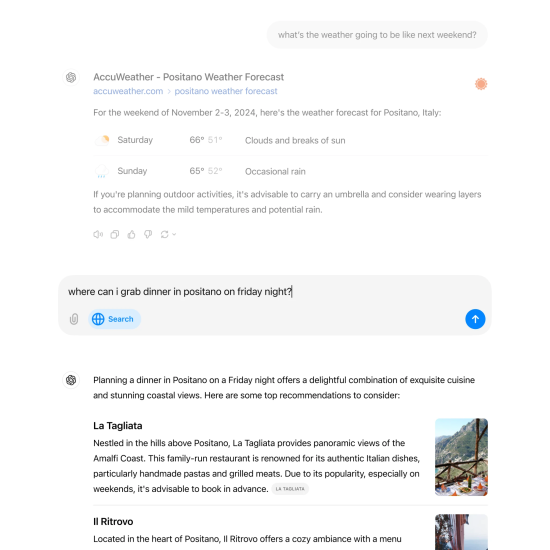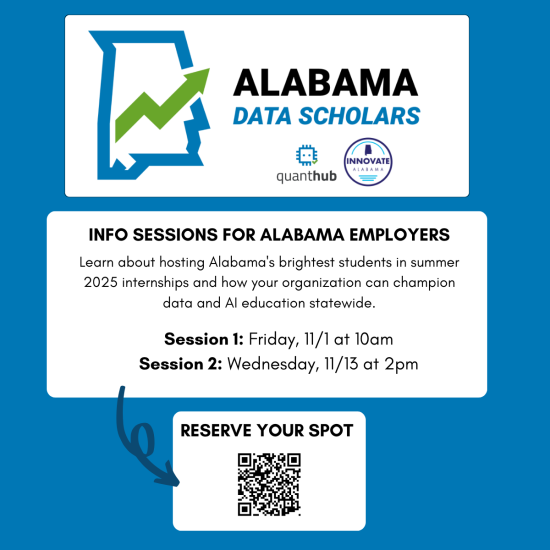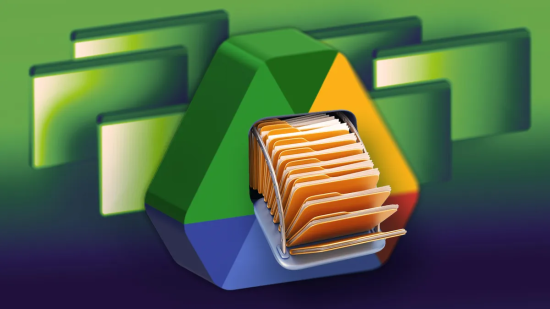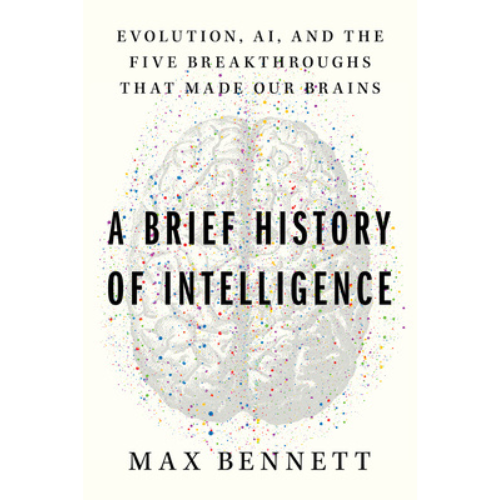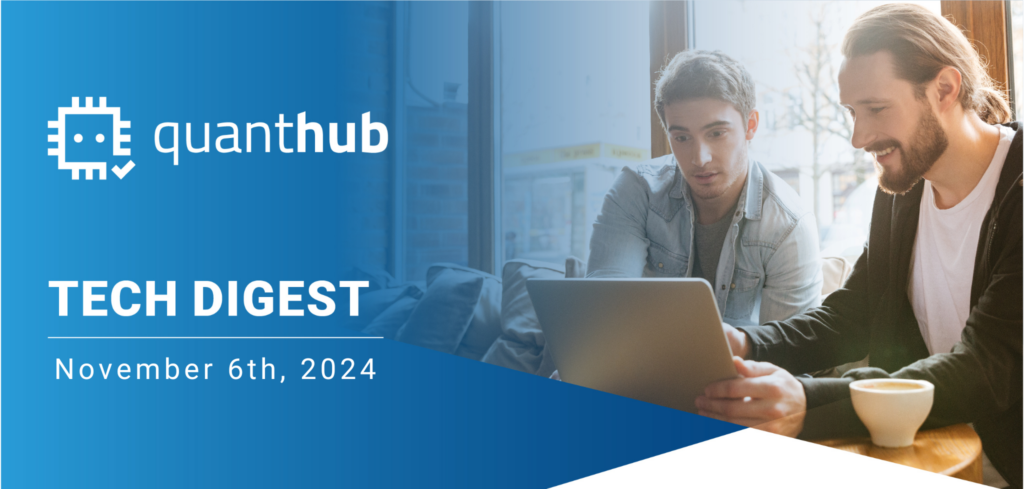
Get ready for the newest tech updates, insights, and more in data literacy:
🔍 ChatGPT search, competitor to Google, is finally released.
📊 Lesson of the Week: Learn 7 of the most common spreadsheet errors, enhancing your data literacy skills.
🧠 The U.S. Department of Education’s AI toolkit empowers K-12 schools to integrate AI responsibly, boosting data literacy in education.
🗂️ Weekly Tech Tip: Free up space on Google Drive without upgrading.
📖 Book of the Week: “A Brief History of Intelligence” by Max Bennett.
Don’t Fall Behind in Your Data Literacy
ChatGPT Now Has a Search Engine
OpenAI launched ChatGPT search, a new feature within its ChatGPT platform, aiming to compete directly with Google by providing real-time information such as news, weather, and stock updates, supporting users in expanding their data literacy with AI-powered insights.
Integrated into ChatGPT, this feature allows conversational responses to user queries and access to diverse information sources, thanks to partnerships with major news organizations.
Despite Microsoft’s investment in OpenAI, ChatGPT search also competes with Microsoft’s Bing, signaling increased competition among AI-powered search solutions in the market.
Host Alabama’s Top Students in 2025
Alabama employers can now connect with top data learning talent through the Alabama Data Scholars internship program, powered by QuantHub and Innovate Alabama.
Gain access to a local, skilled tech talent pool and position your company as a leader in innovation. Build your future workforce and join other forward-thinking companies across Alabama. This is an initiative to build data literacy skills in the next generation of tech professionals.
Virtual Info Sessions:
-
Wednesday, November 13th @ 2pm CT
Shape Alabama’s data-driven future in summer 2025!
Lesson of the Week
Strengthen your data literacy by mastering the 7 most common spreadsheet errors: #REF!, #VALUE!, #DIV/0!, #N/A, #NAME?, #NUM!, and Circular References, each with practical troubleshooting steps to keep your data accurate.
Question of the Week:
What is the best way to troubleshoot a #VALUE! error?
What best describes the difference between supervised and reinforcement learning?
Select one
A) Identify the circular reference in the formula and adjust it
B) Ensure that the formula uses appropriate data types, or use functions like TEXT() or VALUE() to convert data types
C) Check the formula for misspelled function names or incorrect syntax
See if you’re right–the answer is at the bottom!
U.S. Ed Dept's Long-Awaited AI Toolkit
The U.S. Department of Education’s new AI toolkit supports K-12 schools in responsibly integrating AI, enhancing data literacy for both educators and students. The 74-page guide addresses AI risks, privacy, and responsible use, aligning with national goals for data literacy in education.
Weekly Tech Tip
Free Up Space on Google Drive Without Upgrading
-
Delete Large Files:
-
Desktop: Sort by size, delete biggest files first. Remember to empty Trash.
-
Mobile: Go to Files > Storage used, delete largest files, and empty Trash.
-
-
Organize Gmail Storage:
-
Delete Big Emails: Use the search has:attachment larger:10MB, delete, and empty Trash.
-
Clear Spam: Desktop: Click Spam > Delete all.
-
Mobile: Tap Spam > Empty spam now.
-
-
Clean Up Google Photos:
-
Delete Duplicates & Old Files: Manually delete unwanted photos and videos.
-
Empty Trash: Deleted items auto-clear after 60 days or manually empty Trash.
-
-
Download to Local Storage:
-
Desktop: Download critical files to your hard drive, then delete from Google Drive, Gmail, or Google Photos to free up cloud space.
-
Book of the Week
“A Brief History of Intelligence” by Max Bennett explores the evolution of human intelligence and its implications for AI development.
Bennett outlines five critical breakthroughs in brain evolution that provide a framework for understanding current AI limitations and potential future advancements.
By bridging neuroscience with AI, he reveals how learning from our brain’s evolutionary history can guide the design of more capable and adaptable AI systems.
This compelling work merges historical and modern insights, offering a unique perspective on achieving human-like intelligence in machines.
More Tidbits
QuantHub’s Data Scholars Featured in Hypeotamus!
What to Expect From Apple’s M4 Ultra Chip Next Year
Columbus says ransomware gang stole personal data of 500,000 Ohio residents
Meta says it’s making its Llama models available for US national security applications
ChatGPT Search is not OpenAI’s ‘Google killer’ yet
MIT debuts a large language model-inspired method for teaching robots new skills
Chinese researchers develop AI model for military use on back of Meta’s Llama
Jump Back Data Literacy!

Lesson of the Week Answer:
B) Ensure that the formula uses appropriate data types, or use functions like TEXT() or VALUE() to convert data types
